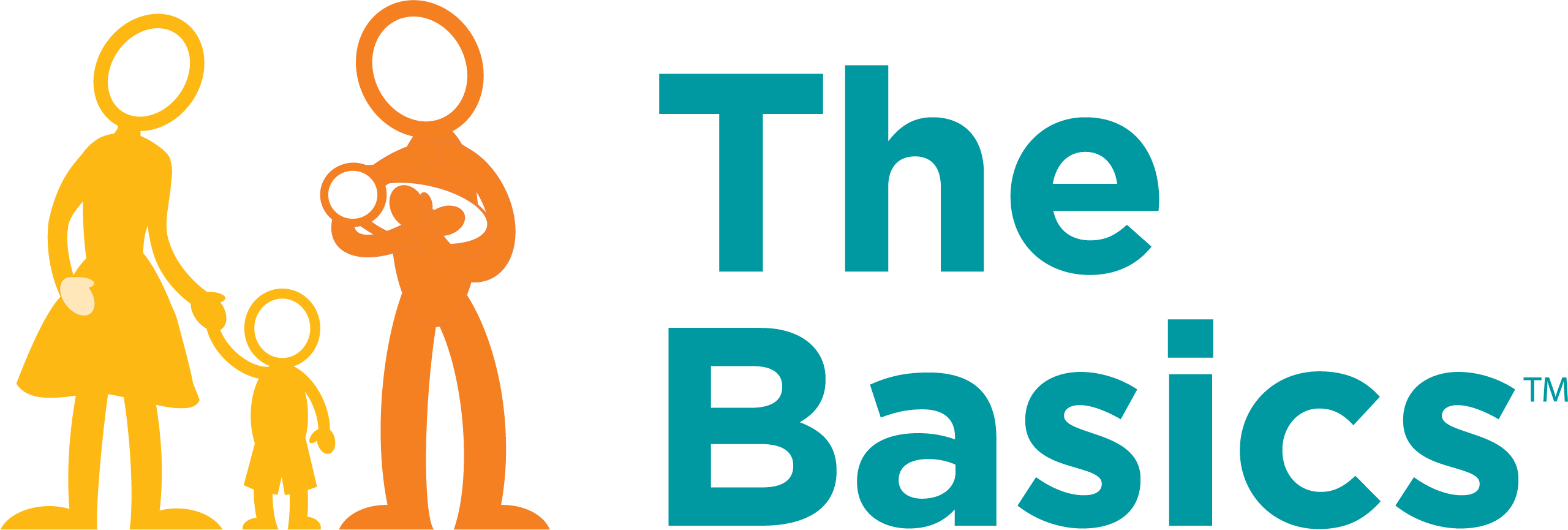Explore Through Movement and Play
Encourage curiosity, discovery, and a healthy body.
Why This Matters
Infants and toddlers are like scientists—curious and excited to learn about their surroundings. Children explore and learn about the world through movement and play. There are many kinds of play: exploring objects and their features using the senses, silly games with loved ones, imaginative and pretend play, creative activities such as drawing, and physical play, such as crawling or rolling a ball. Movement and play keep children healthy and build their coordination and strength.
Your child benefits from spending some playing with others, and some time playing alone, figuring things out independently (with you nearby). Help them build on their interests and see where their curiosity takes them.


